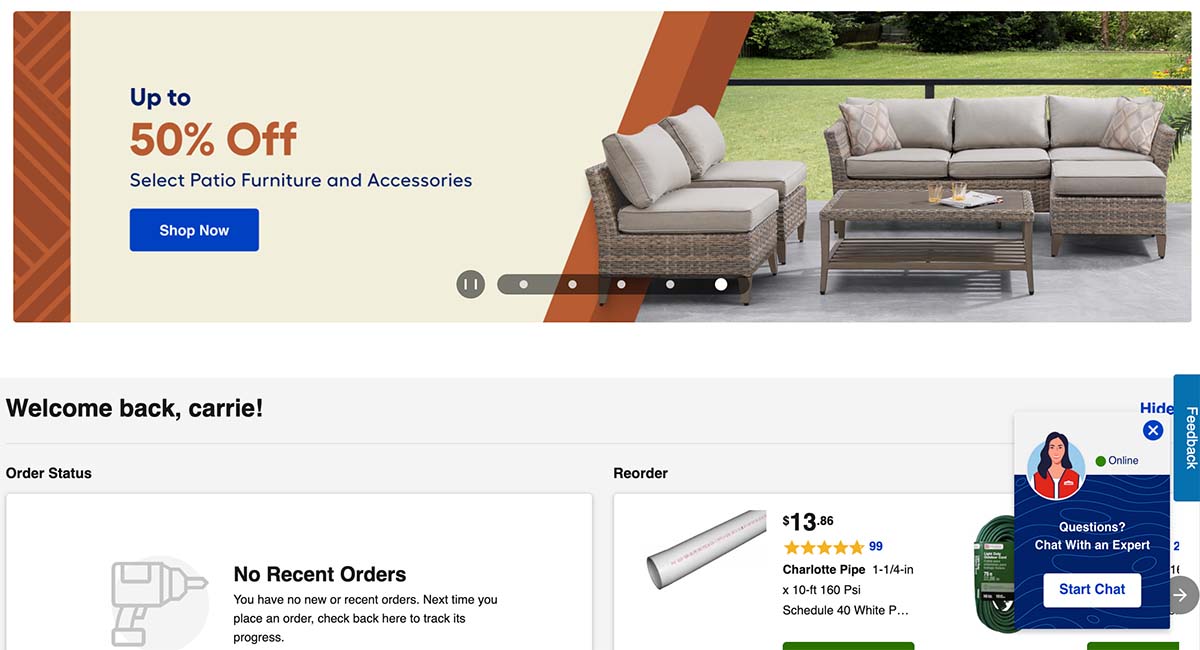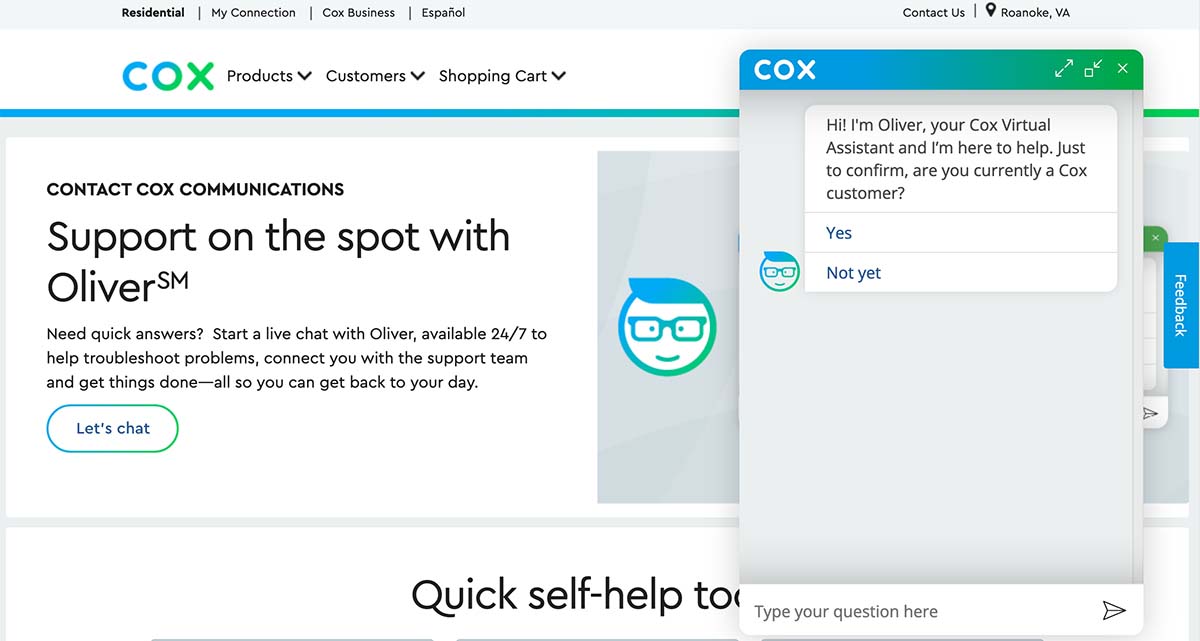Live chat has become the go-to customer service solution for many websites. Users can log in and immediately “talk” with someone about whatever they need help with.
Live chats can be text-based or include a video call. The key reason it is used is to connect with customers immediately and help provide a better customer service experience. But there’s a catch – not all live chat is actually a conversation with a person.
Here’s a look at the pros and cons of live chat in your web design projects.
What is Live Chat?
Live chat is basically text messaging for your website. Typically, a user clicks on a chat icon to initiate a chat with a member of the website’s customer service team or a bot.
These chats are intended to be for quick and easy-to-solve customer service issues and seem a little less intimidating to some people than emails for phone calls.
There are a variety of vendors that offer live or web chat services that integrate with website platforms. And it is a booming business that’s expected to reach $1 billion in 2023.
Where Do You See Live Chat?
The most common design placement of live chat is in the bottom right corner of a website, such as in the example above. Live chat icons are often “sticky,” meaning they stay in place throughout the scroll or as you navigate pages on the site.
Live chat icons might be small or simple or more complex and even showcase the image of the “person” you or chatting with or another avatar.
Most live chats don’t indicate whether you are talking with a person or a bot but you can often tell by the flow of the online conversation. Some live chats may require the user to be logged into a website to initiate a conversation, while others are more open and don’t require authentication.
Pros of Live Chat in Web Design
The biggest advantage to offering live chat in a website design is that customers like having this option available. In a survey about live chat, 79% of the respondents found immediate replies of live chats to be the most important benefit.
Other pros of live chat on your website include:
- Quick and real-time help for customers, allowing you to solve easy problems efficiently
- It’s a non-intrusive way for customers to ask questions, get help, or solve problems that they like
- Live chat feels personal to many customers, even if the interaction is by a bot or starts with a bot and moves to an agent; just make sure to keep all of your responses conversational and professional
- Live chat options can allow customers to upload files, pictures, or other documentation to help you problem solve quicker
- Live chat can actually help you better understand customers; with a low barrier to entry, they are more likely to tell you about pain points with your website or products and services
- Ability to connect chatbots to automate common questions and answers
- Personal method of communication that’s familiar to many people because it is like text messaging
- Can connect to user login or your CRM to help agents serve customers faster
- Chat can facilitate customer retention if they have a problem solved quickly
- Ability to provide 24/7 support
- Works well on any device type, including phones
- Plenty of tools available to buy and integrate with your website without having to change anything else about the site design
Cons of Live Chat in Web Design
For web designers, the biggest issue with live chat is often how it looks. A live chat window can be somewhat obtrusive and get in the way of the rest of the design. It definitely comes down to a matter of the importance of the function if this is bothersome for you. (Or find an alternative, less traditional design solution for the live chat option.)
Other cons of live chat on your website include:
- Live chats aren’t generally saved after the conversation ends
- Without adequate staffing or bots, you may not be able to offer chat 24/7 and have closed times
- The only way for a customer to access live chat is through your website
- Customers get frustrated if the only method of communication available is via chat and they can’t email or call
- There’s a perception of poor user experience with many live chat tools
- People don’t like common elements of chat, such as having to wait for a response or having to repeat their problems multiple times, such as if they are handed off from a bot to a live person
- Chats don’t integrate well with analytics tools and it can be tough to measure usage
- Live chat functionality or tools can slow down your website speed
- Customers can be extremely frustrated by bots in live chat, especially if they think they are communicating with a person
- Older users don’t tend to like or use live chat
- You can get a lot of unwanted inquiries or junk traffic that requires time to manage
- Truly live chat requires experienced staffing with a strong customer service background to solve problems quickly and communicate well with customers
Conclusion
Whether you choose to include live chat features or not, it’s important to understand that a lot of customers do appreciate the ability to interact or ask a question quickly. Usage really hinges on what your business does and how the website relates to that.
From a design perspective, most live chat icons and previews look a bit clunky and cumbersome. But that doesn’t mean you can’t try something else. Maybe put a live chat button in your navigation or footer instead.
No matter what you choose for projects, the use of live chat is probably here to stay for a while.




